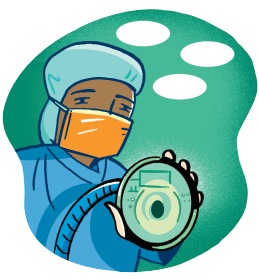- Find a Doctor
-
For Parents
- Before Your Visit
- During Your Visit
- After Your Visit
- More Resources for Parents
Patient & Visitor Resources -
Services
- Locations
-
About Us
- About Childrens
- Find it Fast
- Additional Resources
Find it FastAdditional Resources - MyCHP
ALERT:
There is construction in and around UPMC Children’s Hospital that is affecting the traffic flow – please allow for extra time traveling into the hospital.
- Find a Doctor
- For Parents
-
Services
-
Frequently Searched Services
- Asthma Center
- Brain Care Institute (Neurology & Neurosurgery)
- Cancer
- UPMC Children's Express Care
- Ear, Nose, & Throat (ENT)
- Emergency Medicine
- Endocrinology
- Gastroenterology
- Heart Institute
- Genetic & Genomic Medicine
- Infectious Diseases
- Nephrology
- Newborn Medicine
- Primary Care
- Pulmonary Medicine
- Rheumatology
- Surgery
- Transplant Programs
- See All Services
-
Frequently Searched Services
- Locations
- About Us
- MyCHP
- I Want To
- More Links









 What is parental presence at induction of anesthesia? This is when a parent accompanies their child into the operating room until their child falls asleep with anesthesia medications. You might be invited to participate in the induction phase of your child’s anesthesia at the discretion of the anesthesiologist based on various factors and circumstances. Please read the following information to learn about this policy, how it applies to your child’s visit and how you can help.
What is parental presence at induction of anesthesia? This is when a parent accompanies their child into the operating room until their child falls asleep with anesthesia medications. You might be invited to participate in the induction phase of your child’s anesthesia at the discretion of the anesthesiologist based on various factors and circumstances. Please read the following information to learn about this policy, how it applies to your child’s visit and how you can help.